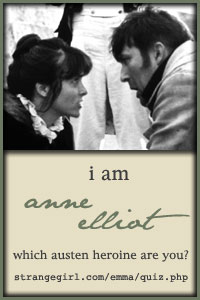After
my lamentations about hoaxes, I was taken in by one—hook, line, and sinker. Yes, I proved an April fish! I like to think that was only because I
read it the last day of March, which should have been safe, forgetting it was
the treacherous April 1 already elsewhere in the world. But partly it was that I wanted to believe. (Intelligent minds believe only in lost causes, said e.e.
cummings.)
The untrue story was that archaeologists have found the remains of
Boudicca, the warrior queen of the Britons, “the famous flame-haired queen of
the Iceni,” at the site of the Kings Cross rail development. Tradition has long had it that the
village known as Battle Bridge, now Kings Cross, was where the Iceni tribe led
by Boudicca fought the Romans; and that she was buried between
platforms 9 and 10 in King's Cross station.*
No coincidence, I think, that another famous legend situates
itself between platforms 9 and 10 in King’s Cross station. It is, of course, at platform 9 ¾ that
the scarlet steam engine departs for Hogwarts, in the Harry Potter tales. That is a concealed platform accessible only to wizards and witches. (Or to archaeologists
performing their magic with time and vanished beings.)
All
that led to an amiable train of thought (the metaphor delibrate) on the liminal
spaces that railway stations are; the journeys promised or undertaken there,
and not always to the suburbs or to foreign lands that we can point to on the
regular old maps. They are spaces
of adventure and unease, places of heightened emotions—sorrow, in parting, and
joy, in being rejoined; the seismic upheavals of being lost and being
found. They are places that have
caused enormous imaginative departures.
It
was, of course, in the cloakroom at Victoria Station (the Brighton Line!) that
the infamous baby in the handbag was left, in a fit of absentmindedness, in
Oscar Wilde’s delightful comedy The Importance of Being Earnest.
And
it was from Paddington station that the bear from darkest Peru took his name, having
being found there sitting on his battered suitcase (with secret compartment) with
a note attached to his coat reading “Please look after this bear. Thank you.”
Paddington’s author, Michael Bond has
said that his memories of newsreels showing trainloads of child evacuees
leaving London during the war, with labels around their necks and their
possessions in small suitcases, prompted him to do the same for his ursine
refugee. And
J. K. Rowling chose King's Cross Station as the portal that would take Harry to
Hogwarts because this was where her parents met on a train to Scotland.
So there are truths and there are fictions, and it’s apt that it
should be there in that charged and chancy space that the two meet, and twine,
and head off on a trip together.
*It seems there is no evidence for this and it is probably a
post-World War II invention.
image: Claude Monet, Saint-Lazare Station, Arrival of a Train,
1877




















No comments:
Post a Comment